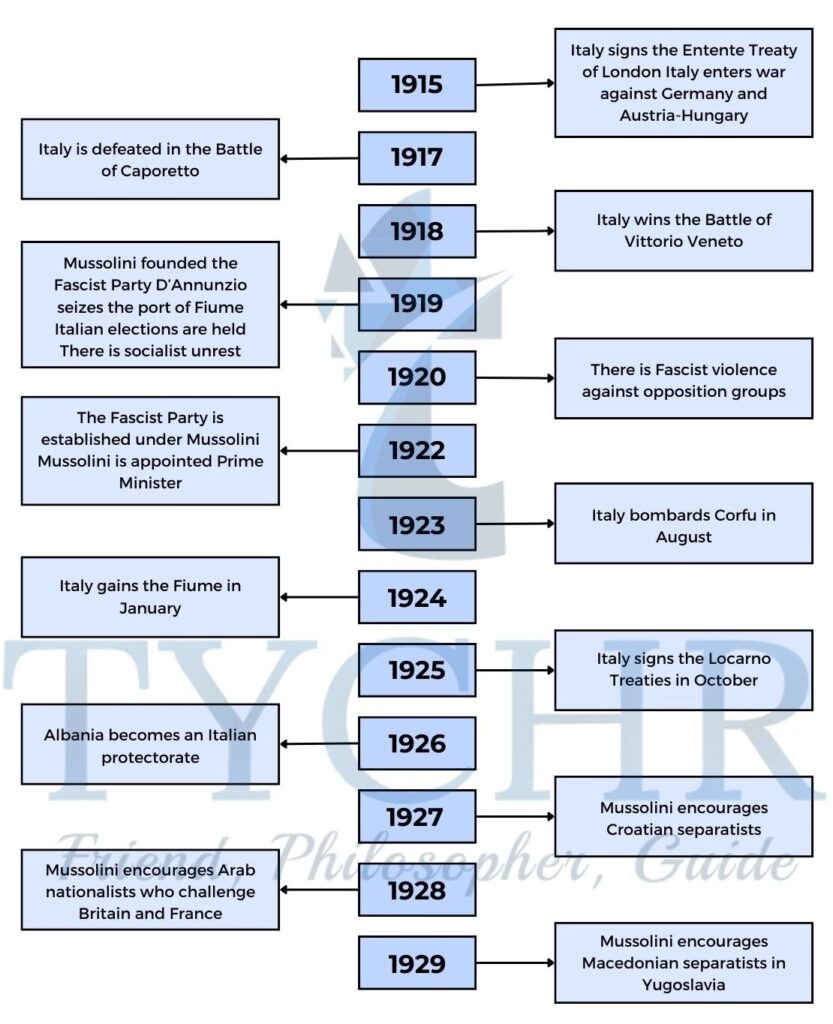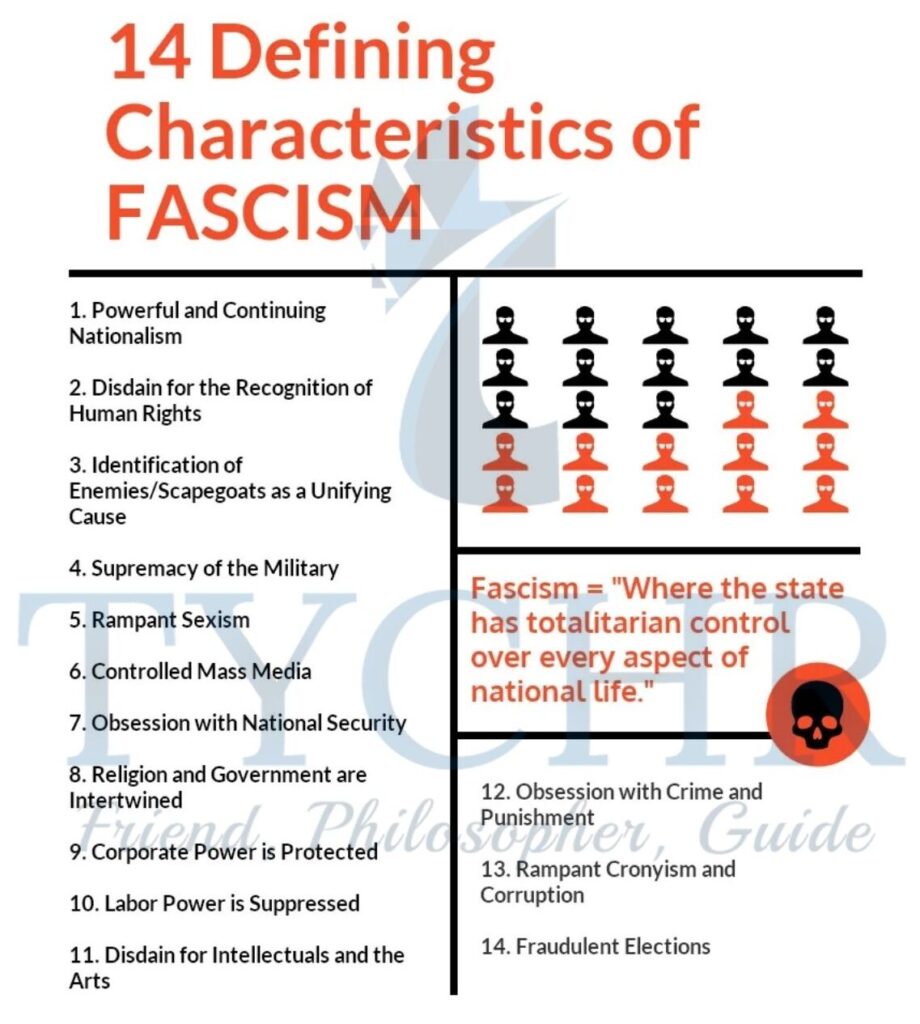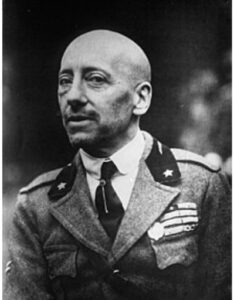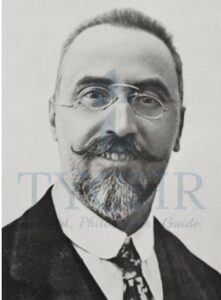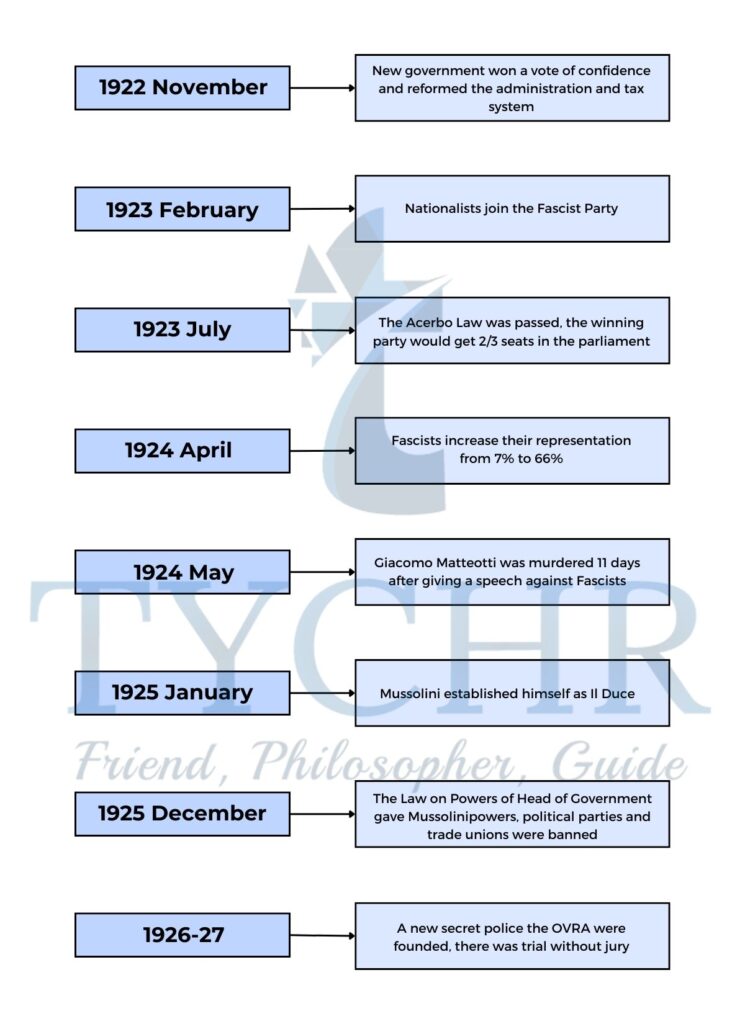the impact of fascism on italian foreign policy: the origins, 1870–1933 Notes
The new Italian Kingdom
- Italy became unified in 1861 through the efforts of Prime Minister Piedmont Sardinia, Cavour and Italian patriot Giuseppe Garibaldi
- The new Italy was divided across geographical, religious and social lines
- Italy’s involvement in the First World War facilitated Mussolini’s rise to power in 1922
Mussolini’s foreign policy was influenced by the following factors:
- Italy’s geography and limited economic resources
- The Versailles Settlement
- Nationalist views of Italy becoming a great power
- Prior foreign policy humiliations
- Fascist ideology Mussolini’s rise to power
What were the long-term weaknesses of Liberal Italy?
- Liberal Italy is 1870-1923
The weaknesses of this period led to a Fascist dictatorship
Fact:
Liberal democracy describes a government which is based on both the ideas of democracy and of liberalism. Thus, people of the country can choose the government in open and free elections, and the individual rights of the people are protected by the law.
Lack of national identity:
- Piedmont’s law and political systems were imposed on other states
- There was strong regionalism as people felt loyalty to their hometowns
- Rome did not get much support as the capital
- There were economic and political divisions between the north and the south
- Peasants in the south were very poor and industrialists in the north prospered
The Catholic Church:
- The anti-clerical policies of the liberal government led to the breakdown of relations between the Church and the State
- The Vatican urged Catholics not to vote until 1914
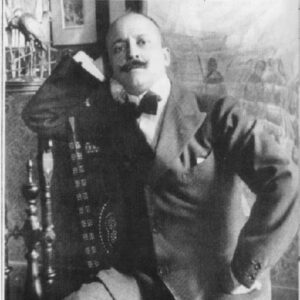
Working-class protest:
- The franchise (the vote) was limited to the wealthy elites until 1930
- The liberal government was corrupt, the peasant and working class became restless
- The Italian Socialist Party (PSI) was founded in 1892
- Giovanni Giolitti wanted to win the support of the masses and was willing to cooperate
- Italy was able to seize Libya from Turkey in 1911-12 but the war had severe economic impact
Fact:
The Catholic Party (Partito Popolare Italiano or PPI) was a Christian democratic political party inspired by Catholic social teaching and Luigi Sturzo was the founder
Nationalist opposition:

- Italian Nationalist Association was founded in 1910
- Filippo Marinetti (in picture) established the Futurist Movement which glorified war
- According to the nationalists, unification was unfinished as Trentino and Trieste were under Austrian rule
- They wanted an empire to compete with Britain, France and the new Germany
- However, Italians were defeated at the Battle of Adowa
Fact:
The Italian forces and the Ethiopian army of emperor Menilek II engaged in an armed conflict on March 1, 1896, at Adwa, in north-central Ethiopia. Adwa is also known as Adowa or Italian Adua.
What was the impact of the First World War on Italy, 1915-18?
Italy’s reasons for joining the Entente Alliance:
- Europe was divided into the Triple Entente and the Triple Alliance in 1914
- Italy had been a member of the Triple Alliance with Germany and Austria-Hungary till 1882
- Prime Minister Antonio Salandra (in picture) signed the Treaty of London with Britain, France and Russia
- Right wing liberals believed that Italy would be able to gain the Italian-speaking territories of the Austro-Hungarian Empire
- Intervention was supported by Nationalists and Futurists
- However, PSI viewed this as an “imperialist’s war”
- Liberals opposed war as Italy had little to gain
- The Church didn’t wish to fight against a fellow Catholic state, Austria
The impact of war:
- Italians fought the Austrians and the Germans in the North
- They suffered huge losses at the Caporetto’s battle in October 1917
- Italy won the Battle of Vittorio Veneto but the human cost of war was huge
- Italy became more politically divided
Fact:
Caporetto’s battle, also known as 12th Battle of the Isonzo, (October 24–December 19, 1917) during the world war I, an Italian military disaster occurred when the Italian troops retreated before an Austro-German offensive on the Isonzo front in north-eastern Italy.
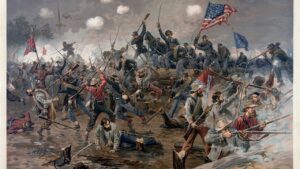
What is Fascism?
- It promotes nationalism, a strong leader or dictator, one party government and war, the picture depicts the symbol of Fascism
- It was anti-communist, against the class struggle, against internationalism, against multi-party liberal democracy and against pacifism
- Mussolini set up his first Fascist units called fascio di combattimento in March 1919
Fact:
Pacifism is the belief that war and violence cannot be justified and that all disputes should be settled by peaceful means
Why did the Ideology of Fascism grow in Italy after World War I?
- Italy entered into a period of political crisis after war
- The liberals fared badly in the elections of 1919
- Short term governments undermined the credibility of the democratic parliamentary system
- Prime Minister Vittorio had not obtained the territory Italy had claimed from Austria
- Italy gained the province of Tyrol, the Istrian peninsula, the port of Trieste, the Dodecanese islands -The Fascist Party benefited from the post-war situation
- Italians embraced its demands for stricter laws and national pride
- In 1921 elections, the Fascists secured 35 seats, the Catholic Party 108 seats and 138 seats to the Socialists and the Communists
What was the impact of D’Annunzio and the Fiume affair on Fascism?
- Gabriele D’Annunzio (in picture) 2000 EX soldiers were led by to inhabit Fiume by force in the protest against Italian government
Gabriele D’Annunzio - This undermined the credibility of the Italian democratic system
What was the impact of economic factors on the rise of Fascism?
- There was high inflation and unemployment soared to 2 million
- The Bolshevik revolution in Russia led to widespread fear of communism across Europe
- 1919 and 1920 were years of extensive unrest and came to be known as “Two Red Years”
- The Italian Communist Party was formed on 21 January 1921
- Mussolini gained support from wealthy landowners
- Fascists were ready to face the Socialists and the Communists ideologically and physically
- They were supported by the Catholic Church and Pope Pius XI
What was the significance of the march on rome, October 1922?
- Liberal government was weak
- Ivanoe Bonomi’s socialist government collapsed in February 1922
ivanoe bonomi - The Socialists and Communists called general strike in August
- Mussolini was under pressure from his regional bosses, the Ras, to seize power
- On 24 October, a Fascist congress was held in Naples
- 40,000 Black shirts chanted A Roma and declared their aim to march on Rome
- On 27 October Fascist squads attempted to lay hands on the control of government buildings
- Prime Minister Facta demanded the king to declare martial law who instead sided with Mussolini
- On 30 October, Mussolini was appointed the Prime Minister of the country.
How did Mussolini strengthen his power?
Did Mussolini create a totalitarian state?
- A totalitarian state is where the government has total control over all aspects of a citizen’s life
- Italians had to conform to Fascist expectations, there could not be opposition
- Employees of the State had to swear an oath of loyalty to the regime
- The Church and the king still had influence in Italy
What factors influenced Mussolini’s foreign policy?
Mussolini’s foreign policy aims were not as clear as Hitler’s:
- Increase national pride
- Revise the post-war settlement of 1919-20
- Dominate the Balkans
- Dominate the Mediterranean
- Build an Empire, gain spazio vitale or living space
- Spread Fascism to other countries
These aims were the result of the following:
- Disappointment over the Treaty of Versailles
- Control of the Mediterranean Empire was key to Mussolini’s vision of Italy as “the heir of Rome”
What impact did economic issues have on Italian foreign policy?
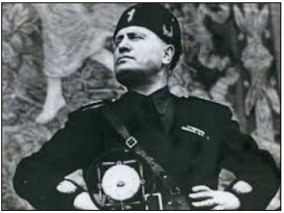
- (in picture) supported autarky and wished to make Italy self sufficient
- He promoted “productivism”, a vague term that describes productivity
- Industry was favored at the cost of consumer goods
- There was high taxation and burden on the working class
Mussolini launched:
- The Battle for Grain in 1925
- The Battle for the Lira in 1926
- The Mussolini Law in 1928
- There was negative impact in the south as the soil wasn’t suitable for growing wheat
- The value of 154 lira went down to 90 lira to the British pound
- The government had to cut wages by 10% in 1927
How successful was Mussolini’s foreign policy in the 1920s?
Ambitions in the Balkans:
- Nationalists wanted to gain influence in Eastern Mediterranean and Africa
- Mussolini invaded the Greek island of Corfu
- He withdrew after Britain’s threat to use the navy
- In 1924, he gained control over the disputed port of Fiume in the Pact of Rome
- Ahmed Zog an Italian backed leader took control in Albania and a treaty of friendship was signed between the two states
Relations with Western European powers:
- Mussolini was hostile to France
- Italy had claims over French territories of Corsica, Nice and Sardinia
- He supported opposition movements to French control in Tunisia and Morocco
- Mussolini aimed to replace French influence in the Balkans
- In October 1925, Mussolini met with leaders from Britain, Germany, Belgium and France at Locarno in Switzerland to sign seven agreements
- However, Mussolini funded right-wing groups in Germany breaking the Versailles Settlement
- He supported independence movements against the French in Morocco
- He signed a treaty of friendship with Abyssinia in 1928
Relations with the Soviet Union:
- Italy broke of formal relationship after the Bolsheviks seized power in October 1917
- It negotiated two trade agreements with Moscow
- Fascist Italy and Communist Russia remained on good terms throughout 1920s



